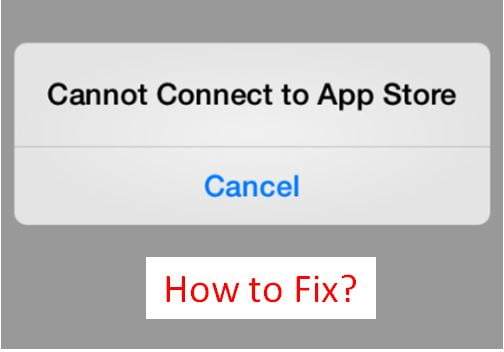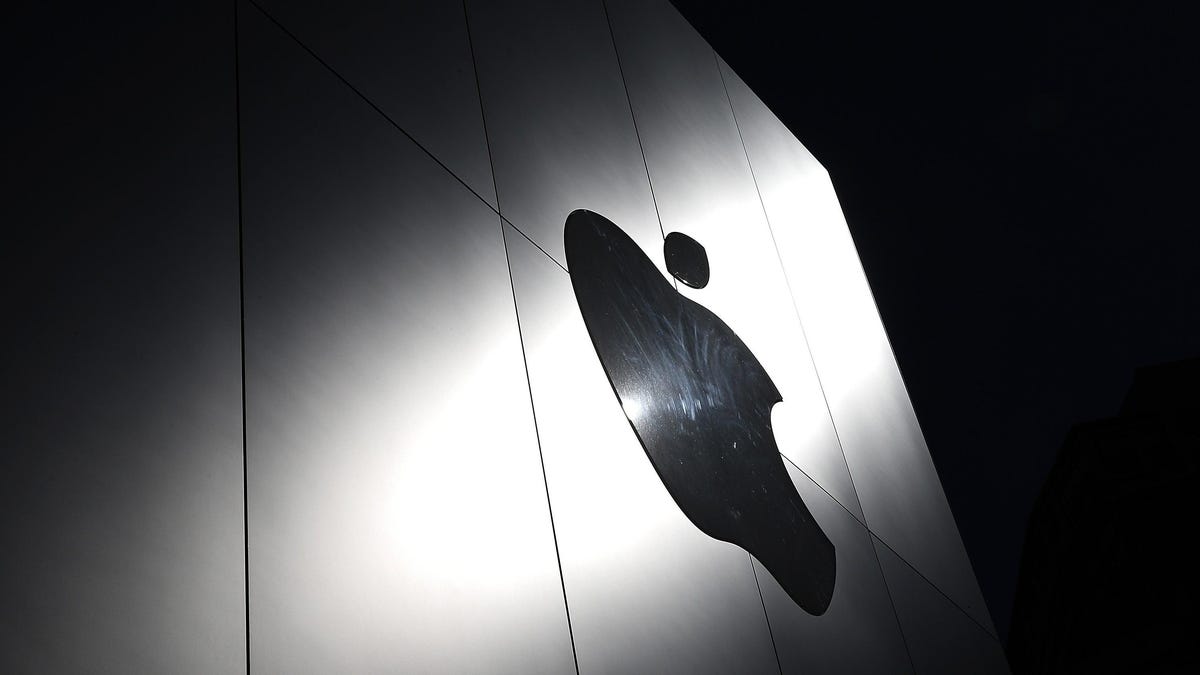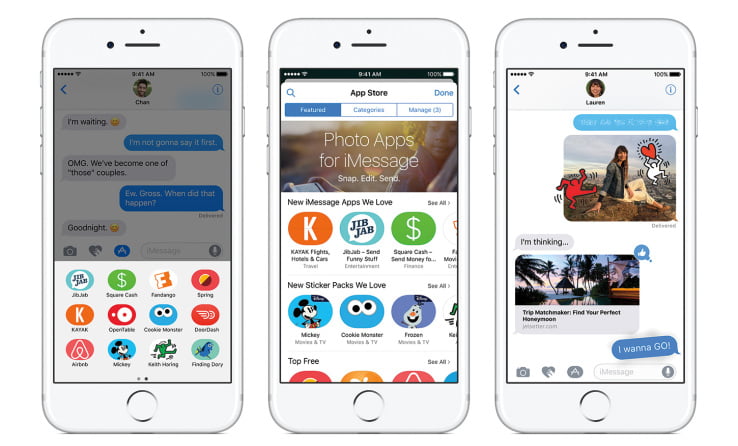

In just over a week, Apple’s iMessage App Store has grown to over 1,650 applications and sticker packs – more than the original iPhone had at launch as well as the 1,000 total that were ready for iPad at the time of its debut, but far less than the 3,500+ the Watch App Store arrived with last year. According to a new report from Sensor Tower, the most popular type of mini mobile application is the “sticker pack” – the store includes 1,251 of these, the firm says, alongside 402 other, non-sticker iMessage apps.
The iMessage App Store is Apple’s latest attempt at building a platform that allows third-party developers to market their software to the sizable iPhone user base. It arrives at a time when the original iOS App Store has become so cluttered with out-of-date and abandoned applications – so much so, that Apple has implemented a store-wide cleanup process that could impact hundreds of thousands of apps.
Meanwhile, iMessage App Store reflects a shift in the way users are finding and using applications.
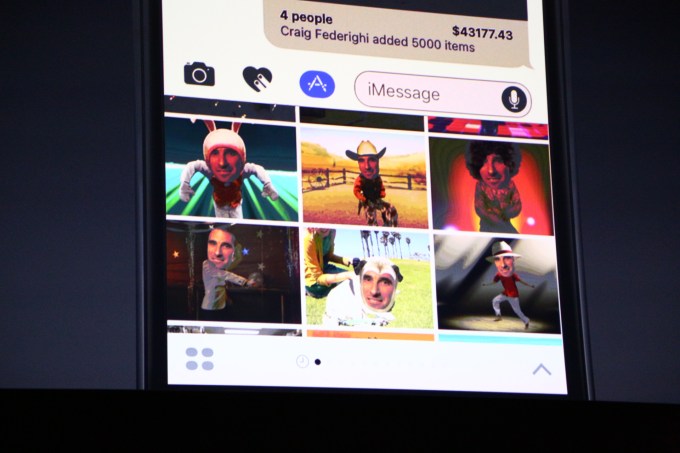
Instead of seeking out standalone apps to stick on homescreens, where they are often forgotten, many people are looking for add-ons that enhance their mobile messaging experience. To date, that has included everything from custom keyboards to apps that help you more easily add flavor and humor to your messages, like apps for sharing GIFs, emoji, stickers, and more.
In addition, some of the most popular applications on the App Store today are those that offer a richer messaging experience from within their own walls, such as Facebook Messenger (the #3 free app), Snapchat (#5), or WhatsApp (#15), for example.
Apple hopes to better cater to this messaging audience with the revamped iMessage app which launched last week along with iOS 10.
The new iMessage turns the texting app into a platform, and introduces a number of new features, like effects which let you decorate the screen with animation and sound, pixelate messages with “invisible ink,” link previews, handwritten notes, quick responses via tapbacks, emoji suggestions, and more.
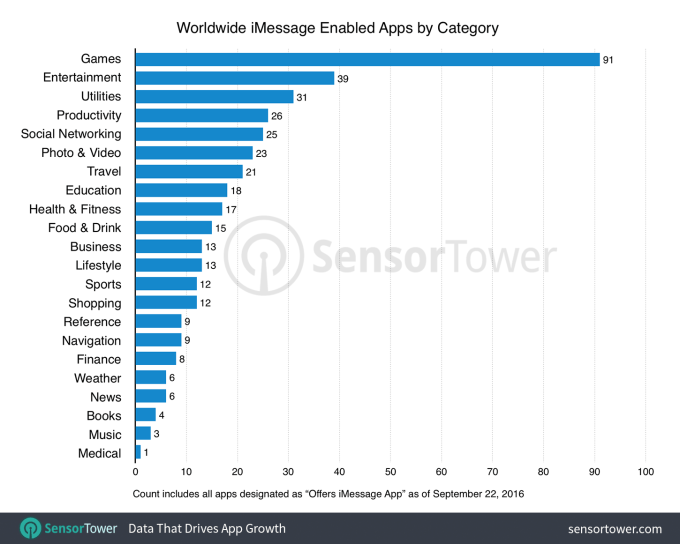
Its biggest feature, though, is that it opens up the platform to apps.
But despite being a new way to interact with apps, the new App Store is already mirroring the trends we see in the wider app marketplace – that is, games are still dominating.
According to Sensor Tower’s data, of the 402 non-sticker apps on the new storefront, the largest category is games. There are already 92 games available for download, which almost 2.5 times the number of apps in the second-largest category, Entertainment (39).
Rounding out the top 10 categories are Utilities (31), Productivity (26), Social Networking (25), Photo & Video (23), Travel (21), Education (18), Health & Fitness (17), and Food & Drink (15).
What’s interesting is that there are very few News apps – only 6 are currently live. That’s very different from Facebook Messenger, for example. According to Messenger head David Marcus, speaking recently at TechCrunch Disrupt, news bots were one of the categories it found did very well on its chat platform. There are already dozens of these available, according to the bot-tracking site Botlist.
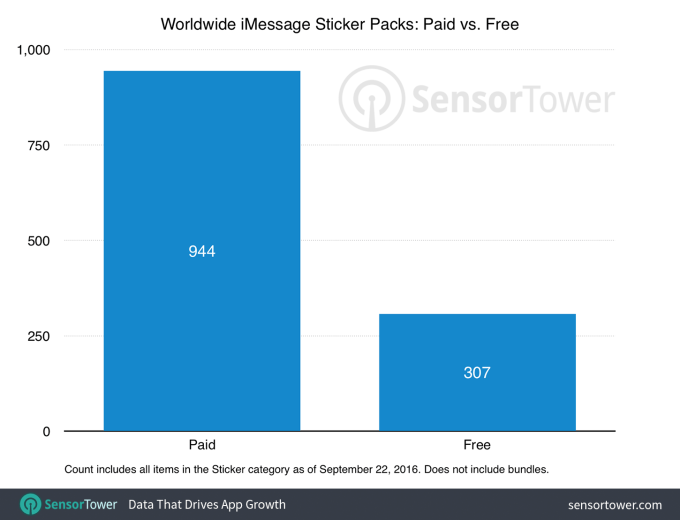
Stickers, however, are far more popular than apps – and the most surefire way to generate revenue for developers. Of the 1,251 sticker packs, 944 are premium (paid) downloads, while 307 are free.
The majority (86%) are $0.99, while some are $1.99 (12%), and fewer still are priced higher at $2.99 (1%). The most expensive pack – and there’s just one – is priced at $3.99.
While this early look into the iMessage App Store helps paint a picture of what developers are building, it doesn’t yet indicate which apps consumers are actually downloading. That data will come in time as more people upgrade to new iPhones, update their current devices with the new OS, and discover the world of iMessage apps.
Third-party app intelligence firms, such as Sensor Tower or App Annie, will also have to incorporate iMessage App downloads into their intelligence products in time, to help give the industry more insight into apps’ popularity and traction – especially because the store has no “Top Charts” section at present. And as developers see for themselves what the audience is responding to, the selection of available apps will adjust in time, too.
[Source:-TC]
